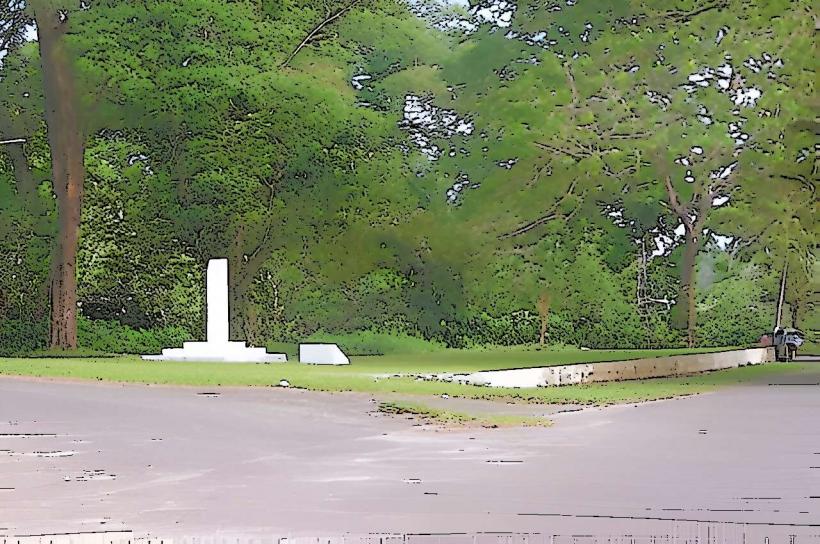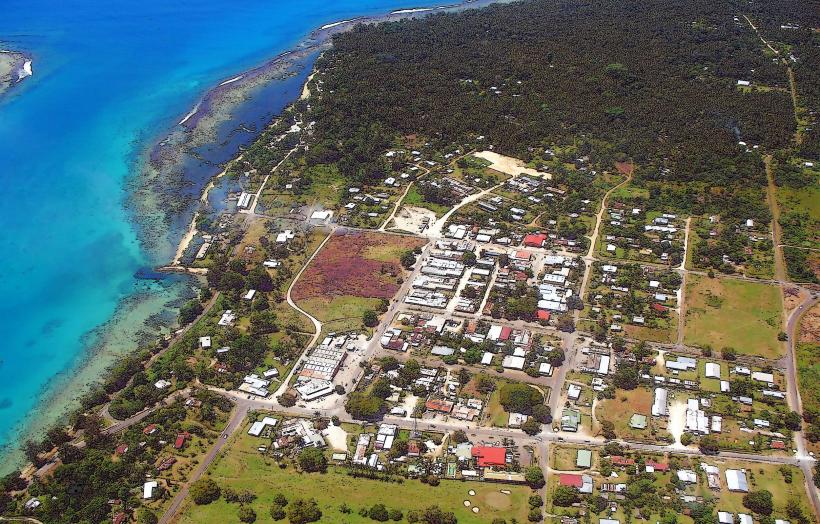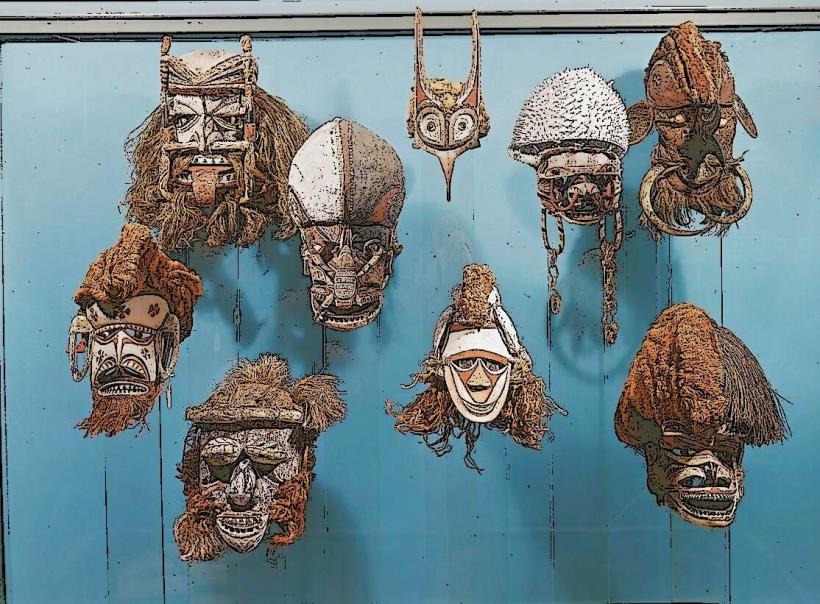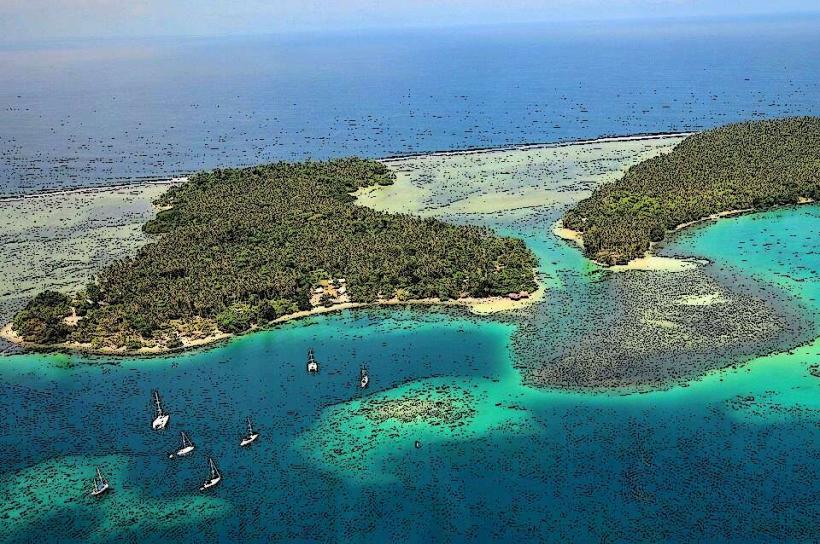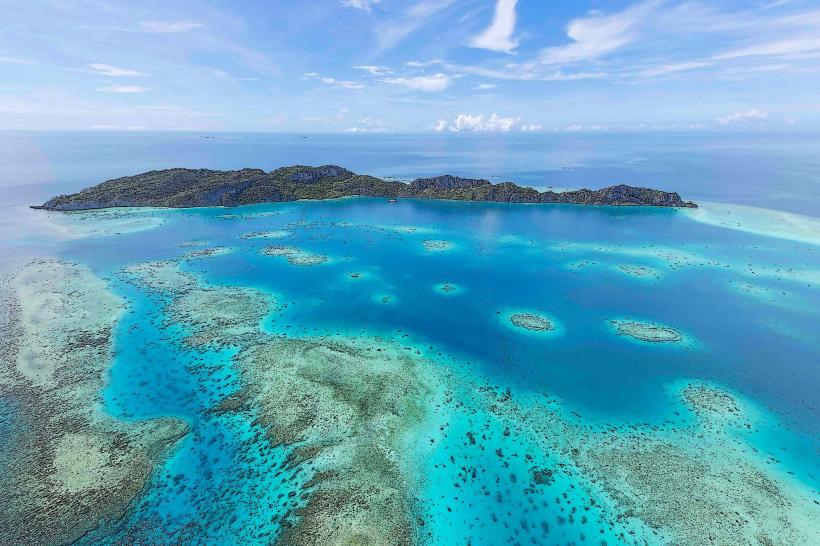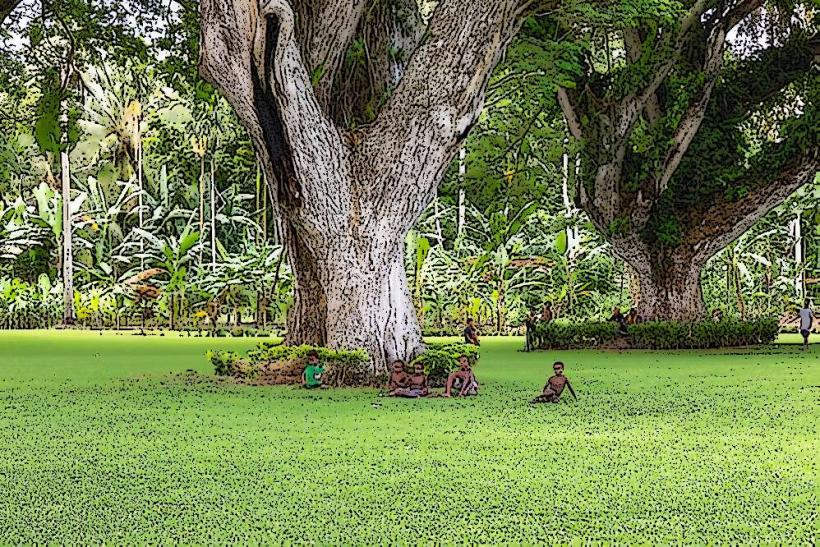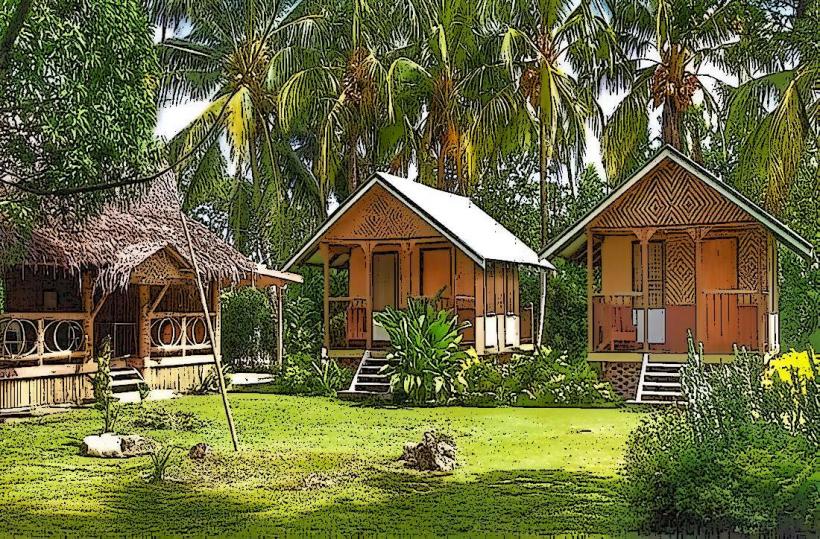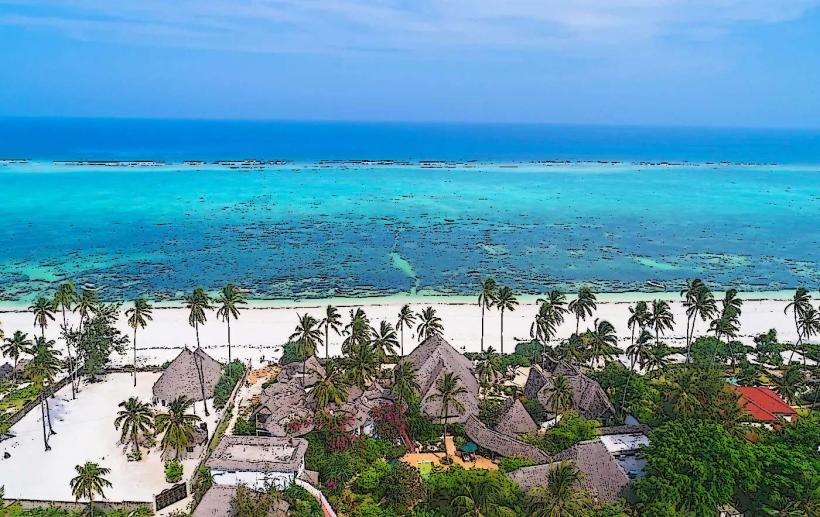Information
Landmark: Lihir IslandCity: New Ireland
Country: Papua New Guinea
Continent: Australia
Lihir Island is part of the New Ireland Province in Papua New Guinea, located in the Bismarck Sea. It is one of the islands of the Lihir Group and is renowned for its gold mining operations, stunning landscapes, and unique cultural heritage. The island, with its volcanic origins, offers a combination of natural beauty, rich local traditions, and economic importance, particularly due to its significant role in the global gold mining industry.
Key Features of Lihir Island:
Geography and Natural Beauty:
- Lihir Island is the largest of the Lihir Group, a series of islands located northeast of New Ireland. It has a diverse landscape featuring volcanic mountains, lush forests, coconut plantations, and pristine beaches.
- The island’s volcanic origin means it has a mix of crater lakes, geothermal springs, and fertile soil that supports various forms of agriculture.
- The island's Mount Lihir is an active volcano, although it is not currently erupting. The volcanic activity has created a landscape with hot springs and steam vents, adding to the island’s geological intrigue.
Gold Mining Industry:
- Lihir Island is globally recognized for its gold mining operations. The Lihir Gold Mine is one of the largest gold mines in the world, located near the island’s Kavieng. The mine is operated by Newcrest Mining, a leading Australian mining company.
- Gold mining has been the primary economic driver on the island, significantly influencing the local economy and contributing to both national and international gold markets.
- The mining operation, however, has raised environmental and social concerns, particularly related to land rights, environmental degradation, and cultural impacts on the local population.
Cultural Heritage:
- The people of Lihir Island are part of the Niol ethnic group, with a unique and rich cultural heritage. Their traditions include rituals, music, dances, and feasts that have been passed down for generations.
- Lihirian culture is deeply connected to the natural world, and their beliefs often reflect the island's volcanic and tropical environment. Traditional customs and rituals remain an important part of daily life, especially in the rural areas.
- Visitors to Lihir can experience cultural performances, traditional arts, and crafts, as well as witness the vibrant sing-sing dances and community feasts held during special events.
Economic Development:
- The revenues generated from the Lihir Gold Mine have led to improvements in infrastructure, including the construction of roads, bridges, and better access to basic services like health care and education.
- However, the mining industry has also raised concerns about the social and environmental impacts, particularly on traditional communities and ecosystems. Some local groups have voiced concerns about the sustainability of the mining operations and its effects on the land and water resources.
Tourism:
- While the island is mainly known for its mining industry, it also offers tourism potential due to its natural beauty and cultural heritage.
- Visitors can explore the island's volcanic landscapes, waterfalls, and hot springs, offering opportunities for eco-tourism, hiking, and wildlife watching. The island's natural beauty, including breathtaking coastal views and lush jungles, provides a serene environment for those looking for adventure or relaxation.
- Diving and snorkeling in the crystal-clear waters surrounding Lihir Island allow visitors to experience vibrant coral reefs and a variety of marine life, making it an attractive spot for underwater exploration.
Wildlife and Conservation:
- The island is home to diverse wildlife, including various species of birds, insects, and marine life. The surrounding waters are rich in biodiversity, offering opportunities for fishing and diving enthusiasts.
- Due to its unique ecosystems, parts of Lihir Island and its surrounding waters are considered important for conservation efforts. Local initiatives, along with government and NGO support, aim to protect the island's flora and fauna from the impacts of mining and other human activities.
Access and Transportation:
- Lihir Island is accessible by air and sea. The island has an airport, Lihir Airport, which is served by flights from Kavieng and other parts of Papua New Guinea. There are also boat services that connect Lihir to New Ireland and other nearby islands.
- While Lihir is relatively remote, it is well-connected due to the importance of the gold mine and the development of infrastructure to support mining activities and tourism.
Challenges and Sustainability:
- The rapid economic development driven by gold mining has led to social changes and environmental challenges. The local population has had to adapt to the changes brought about by the mining industry, which has affected traditional ways of life.
- Issues related to land rights, water pollution, and the impact of mining on agriculture and fishing are ongoing concerns. Efforts to ensure that the benefits of mining reach the local communities, while mitigating negative environmental impacts, are critical for the future of Lihir Island.
Conclusion:
Lihir Island is a unique destination in Papua New Guinea that combines natural beauty, cultural heritage, and economic importance. While the island is primarily known for its gold mining industry, it also offers a wealth of tourism potential with its stunning landscapes, volcanic features, and vibrant local culture. As with many resource-rich regions, the island faces challenges in balancing economic growth with environmental conservation and the preservation of traditional lifestyles. However, Lihir remains an important part of the Bismarck Archipelago, offering both a glimpse into the historical significance of the region and the future opportunities for sustainable development.

